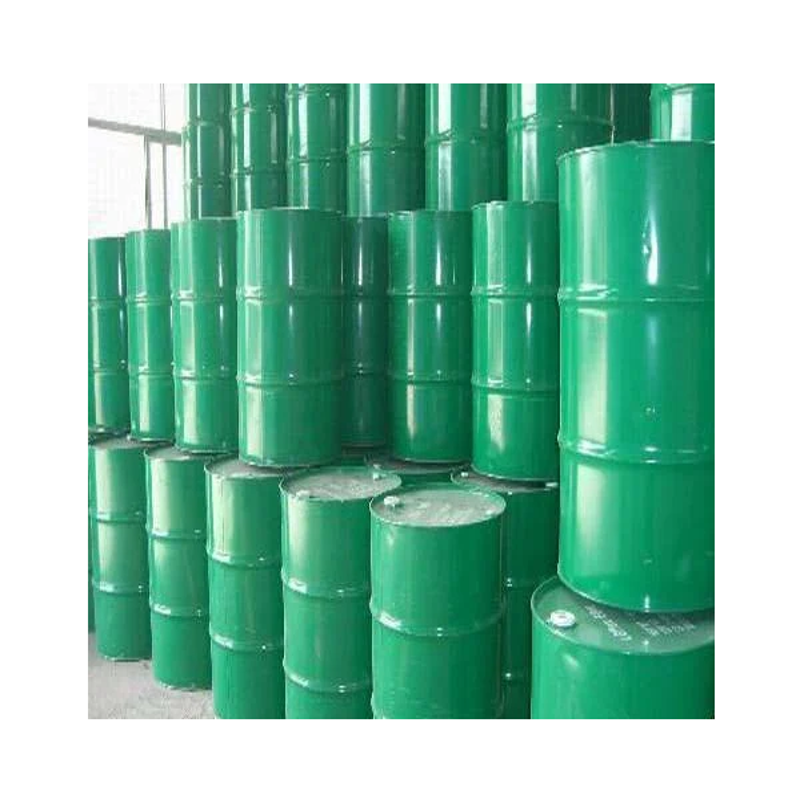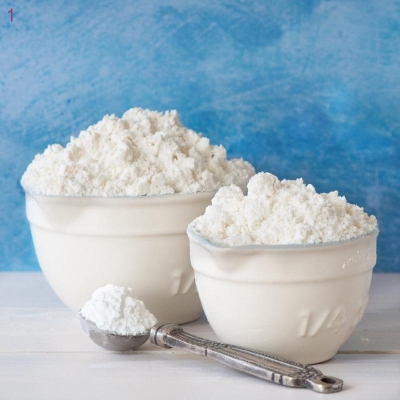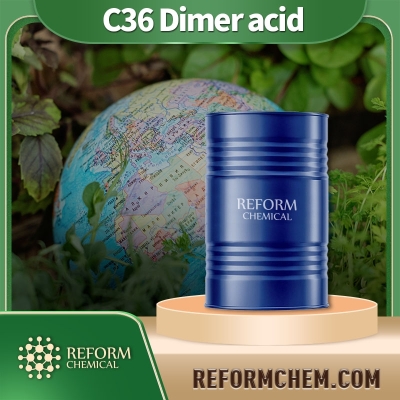-
Categories
-
Pharmaceutical Intermediates
-
Active Pharmaceutical Ingredients
-
Food Additives
- Industrial Coatings
- Agrochemicals
- Dyes and Pigments
- Surfactant
- Flavors and Fragrances
- Chemical Reagents
- Catalyst and Auxiliary
- Natural Products
- Inorganic Chemistry
-
Organic Chemistry
-
Biochemical Engineering
- Analytical Chemistry
-
Cosmetic Ingredient
- Water Treatment Chemical
-
Pharmaceutical Intermediates
Promotion
ECHEMI Mall
Wholesale
Weekly Price
Exhibition
News
-
Trade Service
4 Test method
The reagents and water used in this standard refer to analytical reagents and distilled water or water of corresponding purity unless other requirements are indicated
4.
4.
4.
4.
4.
4.
Under the catalysis of pyridine, neopentyl glycol undergoes quantitative acetylation reaction between its hydroxyl groups and acetic anhydride to produce esters and acetic acid .
4.
a.
b.
c.
4.
Constant temperature water bath or glycerin bath and general laboratory equipment
4.
Weigh 0.
4.
2.
1.
5 Calculation of analysis results
The mass percentage X 1 of hydroxyl is calculated according to formula (1):
Where: c— the actual concentration of sodium hydroxide standard titration solution, mol/L;
V 0 —Blank consumption volume of sodium hydroxide standard titration solution, mL;
V—The volume of the standard titration solution of sodium hydroxide consumed by the sample, mL;
m—the mass of the sample, g;
0.
01701—The hydroxyl mass expressed in grams, which is equivalent to 1.
00mL sodium hydroxide standard titration solution [c(NaOH)=1.
000mol/L]
.
Take the arithmetic mean value as the measurement result
.
4.
2.
1.
6 Tolerance
The difference between the two parallel determination results shall not be more than 0.
2%
.
4.
2.
2 Acetic anhydride-sodium acetate method
4.
2.
2.
1 Principle of the method
Under the catalysis of sodium acetate, the hydroxyl groups of neopentyl glycol quantitatively react with acetic anhydride to generate esters and acetic acid.
The hydroxyl content is calculated from the amount of acetic anhydride consumed
.
4.
2.
2.
2 Reagents and solutions
a.
Anhydrous sodium acetate ;
b.
Acetic anhydride ;
c.
Phenolphthalein indicator solution: 10g/L;
d.
Sodium hydroxide standard titration solution: c(NaOH)=1mol/L
.
4.
2.
2.
3 Apparatus or equipment
a.
General laboratory equipment;
b.
Flat electric furnace: 500 or 800W;
c.
Straight tube air condenser;
d.
Voltage regulator: 1kV;
e.
Micro burette: 3mL;
f.
Hard glass test tube: 50mL
.
4.
2.
2.
4 Analysis steps
Weigh about 0.
7g (accurate to 0.
0002g) of the ground and mixed sample into a dry test tube, add 0.
4g (accurate to 0.
1g) of anhydrous sodium acetate and add 2.
000mL of acetic anhydride with a microburet Air condensing tube, put the test tube on the preheated electric furnace (adjust the voltage regulator to 100~120V to preheat for 10 minutes), slowly heat it to a slight boiling point, and wait for the solid matter in the tube to disappear completely (except for the blank).
Remove the test tube and cool it to near room temperature.
Wash the reactant with 40-50mL of water into a 250mL Erlenmeyer flask, place for 30min, add 2 drops of phenolphthalein, titrate with sodium hydroxide standard titration solution to reddish and keep it for 30s without fading.
The end
.
Do a blank test at the same time
.
4.
2.
2.
5 Calculation of analysis results
The mass percentage of hydroxyl group X 2 is calculated according to formula (2):
In the formula: c—the actual concentration of the sodium oxychloride standard titration solution, mol/L;
V 0 —Blank consumption volume of sodium hydroxide standard titration solution, mL;
V—The volume of the standard titration solution of sodium hydroxide consumed by the sample, mL;
m—the mass of the sample, g;
0.
01701—The hydroxyl mass expressed in grams, which is equivalent to 1.
00mL sodium hydroxide standard titration solution [c(NaOH)=1.
000mol/L]
.
Take the arithmetic mean value as the measurement result
.
4.
2.
2.
6 Allowable difference
The difference between the two parallel determination results shall not be more than 0.
2%
.







